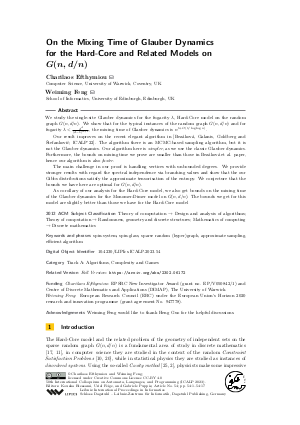LIPIcs.ICALP.2023.54.pdf
- Filesize: 0.7 MB
- 17 pages

 Creative Commons Attribution 4.0 International license
Creative Commons Attribution 4.0 International license



























Feedback for Dagstuhl Publishing